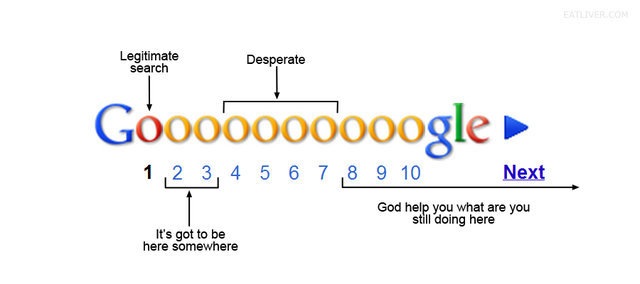Cut Out the Excess Noise, And Your SEO Content Writing Will Pop!
Writing comes in all kinds of styles and lengths, but one thing distinguishes great writing from mediocre: doing more with less. If your SEO content writing boasts thorough research and clear expression of facts, congratulations! You’ve passed level one. After all, truth is the first goal of expression. But what if you took the writing itself—the expression of the truth—to the next level? Can you make the truth unforgettable, even for clients whose market doesn’t interest you personally?
This is the challenge of professional SEO content writing. At 216digital, we practice this all the time! We continually improve upon our own work, growing and learning from everything we’ve ever written. Were we born knowing our clients’ markets? No way. We only got here through strategic research into every client we write for. But we’ve found that great research isn’t enough. Great research must lead to great writing—and great writing is a process.
To see this in action, I’ll give you a micro-tour of our revision process. We’ll look at a few examples of sentences from first drafts produced by our SEO content writing team. Each of these gives you a little snapshot of our writing refinement process. In the first version of each sentence, you might notice a little wordiness or a lack of clarity. In the revised sentence, you’ll notice that the meaning really pops off the screen. In the final version, you’ll see how we’ve achieved the ultimate in the clear expression of the truth.
SEO Content Writing Process: Examples
Example 1:
“Today, we’ll be examining the way in which some example phrases are constructed. We’ll try and see if we can say the same thing using one half or even one third of the original number of words, compared to the original.”
“Let’s look at the construction of some example phrases. Can we say the same thing in half the words—maybe even a third of the words?”
“In these sample phrases, we’ll work on saying the same thing in half the words—maybe even a third of the words.”
Example 2:
“You should aim to have a high quality score because that means that your bounce rate is going to plummet.”
“A high quality score will cut your bounce rate dramatically.”
“A high quality score will slash your bounce rate.”
Example 3:
“Since 1999, 216digital has been a premier Miva developer. Over that time, we have become experts in the design and development of responsive Miva websites and custom Miva applications and modules.”
“216digital has been a Miva developer since 1999. We’re experts in responsive design and development, and we rock Miva applications and modules.”
We couldn’t really improve on that one. The first revision was the final revision.
The Bottom Line
The point here is that your best writing is never your best. At each stage in the writing process, the writer of each of these sentences couldn’t find anything else to improve on. Yet after a little time away, we found we could take these sentences through two more versions to reach the ultimate in clear, concise expression.
This process is easy for us now. Fast drafting and revision are second nature to us! We bring these skills to every client we serve. If you’re looking to improve your existing SEO content writing, or if you’re about to dive in for the first time, get in touch with our SEO content writing team. Let’s start talking about your next big thing.






